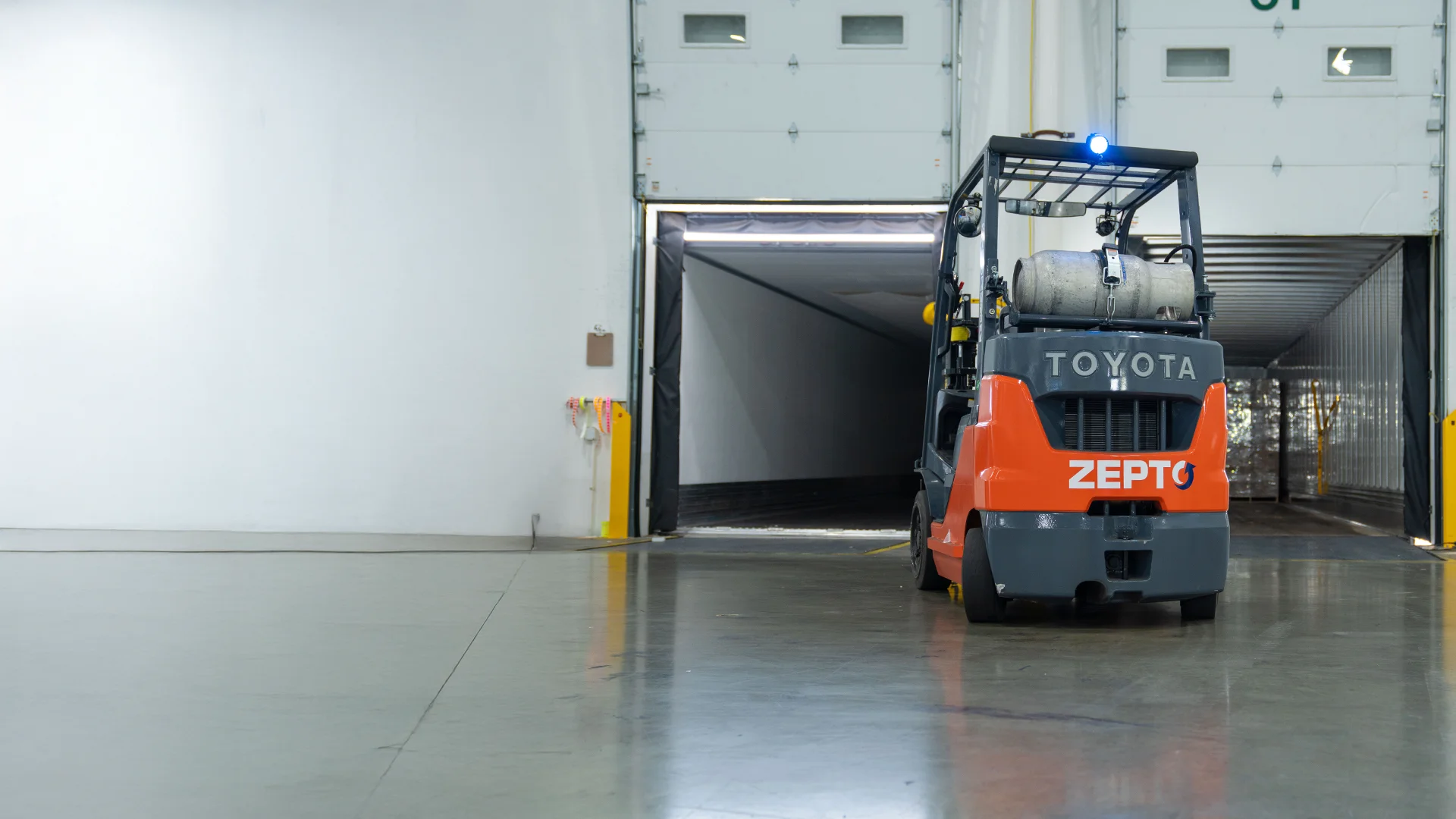Cross-Docking Services: Your Distribution Strategy
Cross-docking is a practice where incoming products are transferred to outbound vehicles with minimal warehousing in between.

Cross-docking is a practice where incoming products are transferred to outbound vehicles with minimal warehousing in between.

Cross-docking is a practice where incoming products are transferred to outbound vehicles with minimal warehousing in between. This approach focuses on movement rather than storage, creating a seamless flow of goods throughout the supply chain.
Cross-docking involves:
The process significantly reduces the need for long-term storage. Products are often within the cross-docking facility for less than 24 hours.
The practice functions as a coordination point rather than a storage location. Incoming shipments arrive at one side of the cross-dock facility and are:
This continuous movement maintains product flow without the delays associated with traditional warehousing.
A variety of products and services take advantage of distributions centers. Retail store distribution channels reduce costs with supply chain management strategies. These management systems meet supply and demand while reducing transportation costs and storage costs.
For distribution company leaders, implementing cross-docking requires thoughtful evaluation of existing operations and business objectives. The decision to incorporate cross-docking services affects multiple aspects of your business, from facility requirements to technology infrastructure.
When considering cross-docking, assess your current distribution network's ability to support this high-velocity operation. Facilities must accommodate simultaneous loading and unloading, with sufficient dock doors and adequate staging areas. The physical layout must support efficient product flow without bottlenecks or congestion.
Technology infrastructure plays a crucial role in successful cross-docking operations. The following are essential for coordinating the rapid movement of goods:
Distribution leaders must evaluate whether current systems can support these requirements or if additional investments are necessary.
The product mix also influences cross-docking suitability. Distribution executives should identify which product categories align with cross-docking capabilities to maximize return on investment.
Staff training and operational procedures require adjustment to accommodate the faster pace and coordination demands of cross-docking. Teams need to develop expertise in rapid sorting, load optimization, and synchronized scheduling to maintain efficient operations.
Cross-docking dramatically accelerates inventory movement through your supply chain. By eliminating storage steps, products reach their destinations faster, reducing total transit time. This increased velocity supports just-in-time delivery models and helps meet increasingly tight customer delivery expectations.
The accelerated product flow also improves responsiveness to market changes. When consumer demand shifts or seasonal needs arise, cross-docking allows for quicker adaptation of distribution patterns.
The financial benefits of cross-docking stem primarily from reduced handling and storage requirements. By minimizing the need for picking, putting away, and retrieving inventory, labor costs decrease significantly. Handling products fewer times also reduces the risk of damage, lowering replacement and return processing expenses.
Warehousing costs decrease as cross-docking requires less storage space and associated overhead. The reduced need for racking, climate control, and long-term facility maintenance translates to substantial savings.
Cross-docking creates a more dynamic inventory model with faster turnover rates. Products spend less time sitting in warehouses, reducing carrying costs and decreasing the capital tied up in inventory. This improved cash flow provides distribution companies with greater financial flexibility and investment opportunities.
The practice also minimizes inventory obsolescence risks. With products moving quickly through the supply chain, there's less chance of items becoming outdated. This is especially important for businesses handling perishable goods or products with short life cycles.
Perhaps most importantly, cross-docking enhances customer satisfaction through consistent, timely deliveries. The streamlined process reduces variability in delivery times, allowing for more precise scheduling and reliable service. Customers benefit from faster order fulfillment and improved product availability.
The approach also supports customization and value-added services. Cross-docking facilities can incorporate light assembly, kitting, or packaging customization as products move through the facility, providing tailored solutions for customer-specific requirements.
Zepto brings over a decade of logistics expertise to cross-docking operations, offering distribution companies a comprehensive solution designed to optimize supply chain performance. With strategically located facilities, Zepto provides cross-docking services that integrate seamlessly with your existing distribution network.
The company's modern cross-docking terminals feature optimal layouts for efficient product movement, with multiple dock doors to facilitate simultaneous loading and unloading operations. Zepto's facilities include adequate staging areas and sorting zones designed to maintain continuous product flow while ensuring accurate destination sorting.
Zepto's cross-docking services benefit from their advanced technology infrastructure, including real-time GPS tracking for all shipments. This visibility allows distribution partners to monitor product movement throughout the cross-docking process. This provides confidence and control over shipment status.
The company's expertise extends beyond physical handling to strategic planning. Zepto's logistics specialists work with distribution partners to identify optimal cross-docking opportunities within their supply chain. This means maximizing efficiency gains while maintaining product integrity and service levels.
For temperature-sensitive items, Zepto offers specialized cross-docking services with industry-standard temperature control and reporting. Their Thermoking Reefers and temperature-controlled facilities ensure product quality remains consistent throughout the cross-docking process. This technology contributes to extending these benefits to perishable goods.
Zepto's 24/7 customer support ensures that distribution partners have continuous access to information and assistance. Their team is supporting the time-sensitive nature of cross-docking operations. This round-the-clock availability aligns with the high-velocity requirements of modern distribution networks.
Implementing cross-docking services represents a significant opportunity for distribution companies looking to streamline operations and enhance customer service. Zepto's comprehensive approach provides the expertise, facilities, and technology needed to integrate this strategy into your supply chain.
Explore how Zepto's cross-docking services can benefit your distribution operation, contact their logistics specialists for a personalized consultation. Their team will assess your specific requirements. They'll work with you to develop a tailored solution that addresses your unique distribution challenges while maximizing efficiency gains.
Get started today by scheduling a consultation with Zepto's experts. Take the first step toward a more efficient, responsive, and cost-effective distribution strategy.
Stay in the know with our latest news block. Get up-to-date information on industry trends, insights, and innovations.